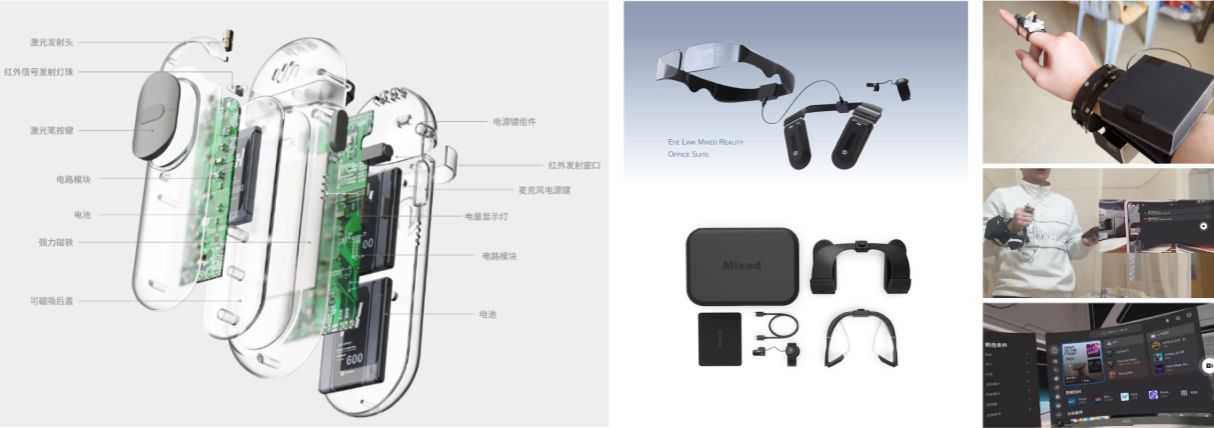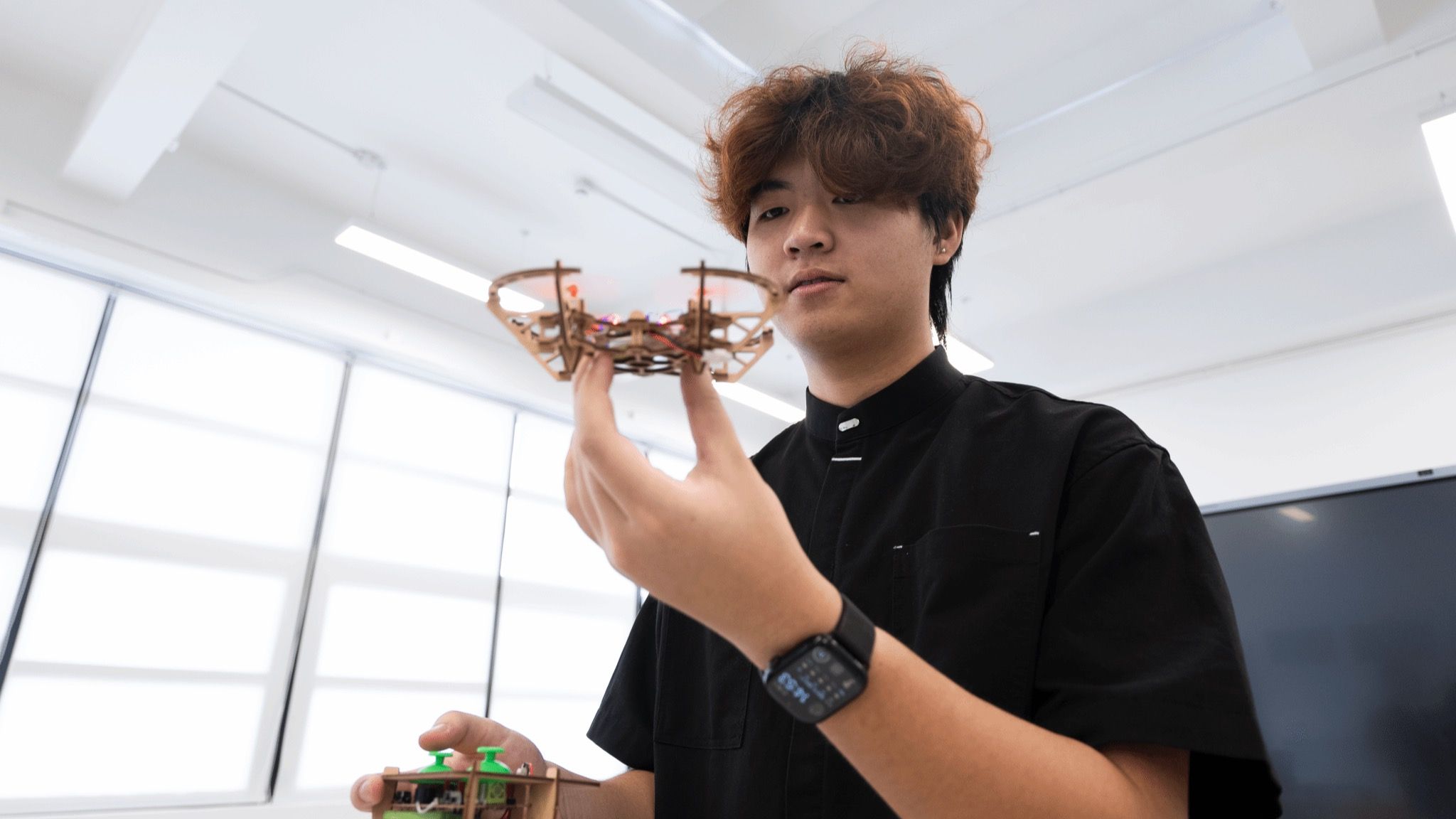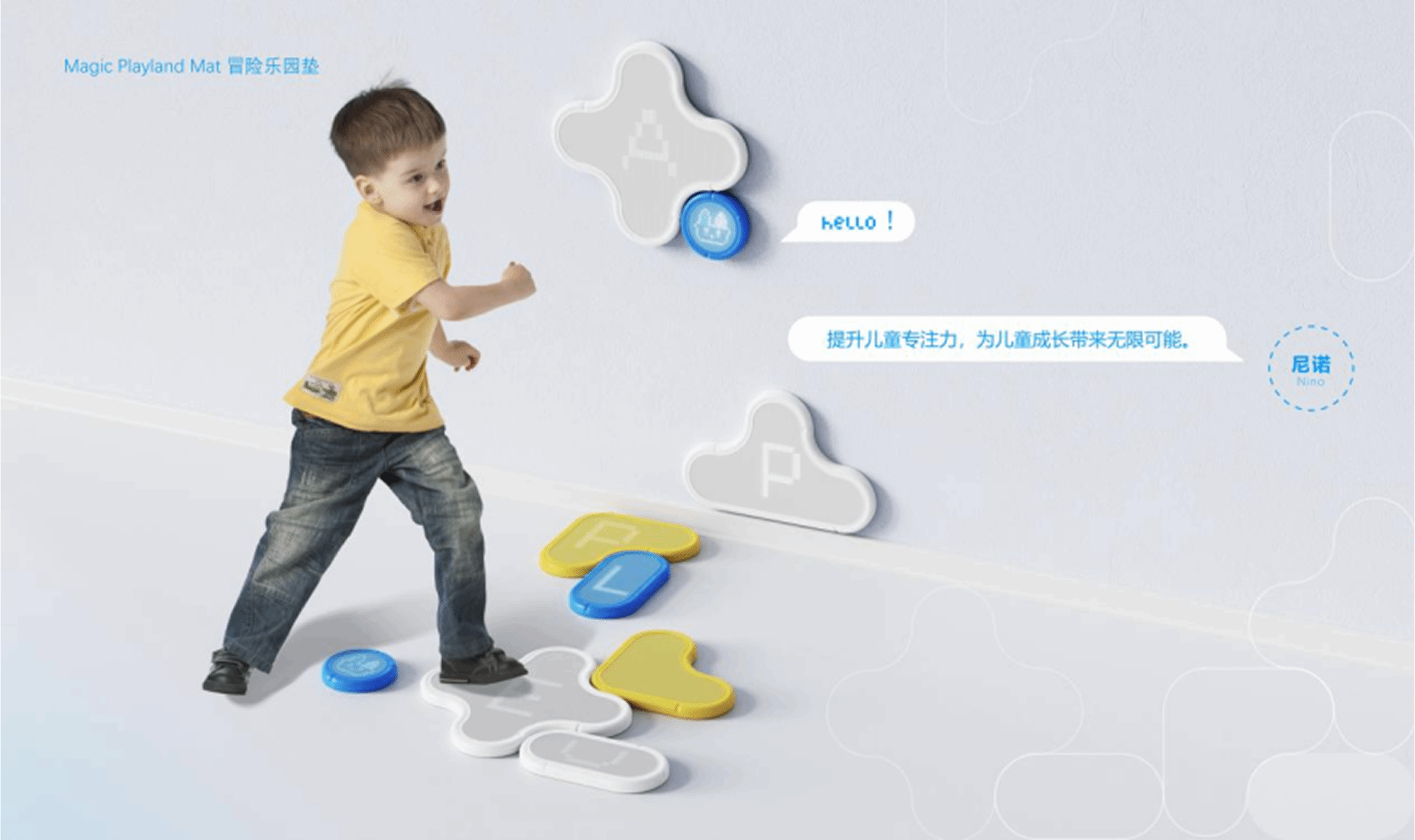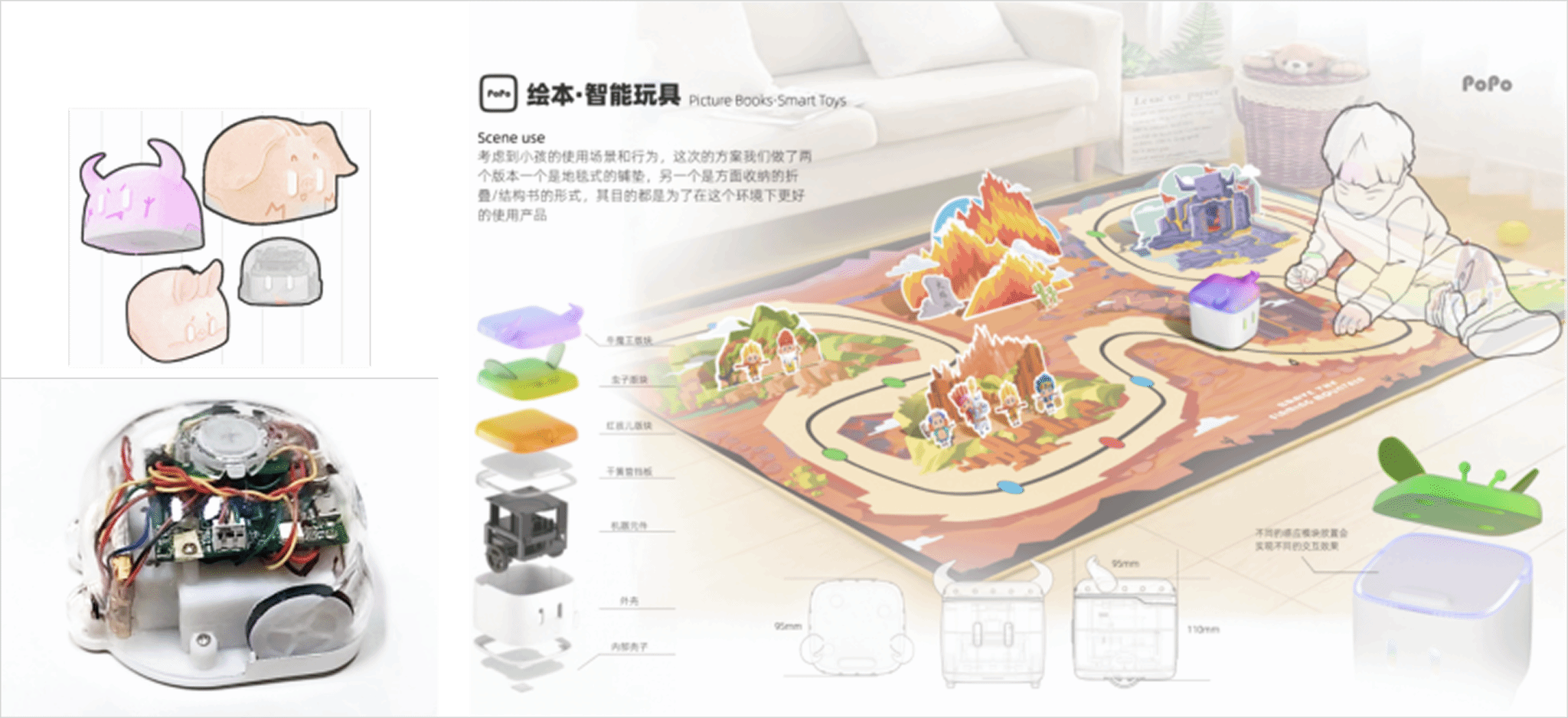Program Orientation
Rooted in the strategic development of the Guangdong-Hong Kong-Macao Greater Bay Area, this cluster integrates emerging technologies with societal needs, focusing on the innovative integration of intelligent systems, products, and related services. By combining value shaping, knowledge dissemination, and skill development, it aims to cultivate high-level, interdisciplinary design professionals proficient in interaction design theories, technological applications, and design methodologies, capable of addressing complex problems and pioneering innovative solutions.

Talent Development Objectives
Interdisciplinary Knowledge: Cultivate students with a broad academic vision and a solid theoretical foundation in the intersection of art and technology, integrating knowledge across disciplines such as art, humanities, social sciences, and natural sciences.
Professional Expertise: Ensure proficiency in the fundamental principles, design strategies, and cutting-edge theories in the fields of human-computer interaction, industrial design, and intelligent engineering, along with a solid grasp of essential methods in intelligent service design.

Skills Development
Professional Practice Competence: Equip students to formulate and implement research plans using modern methods and technologies, familiarize them with the interaction design process of intelligent systems, and enable them to apply fundamental theories and integrated approaches in design practice while clearly articulating their design concepts.
Self-directed Learning Ability: Foster the cognitive ability to adapt to the evolution of intelligent technologies, encouraging proactive exploration of emerging technologies and societal challenges, and the capacity to select appropriate tools and resources for iterative design innovation.

Values Formation
Personal Integrity and Literacy: Develop the ability to identify, understand, and evaluate problems, as well as to plan and organize effectively. Emphasize a strong sense of social responsibility in design, with sensitivity to social, cultural, ethical, and sustainability issues.
Communication and Collaboration: Cultivate the ability to communicate and collaborate effectively with professionals from various fields to jointly advance the design and implementation of intelligent interaction systems and products. Students should demonstrate strong learning, writing, visual communication, and verbal expression skills.

Intelligent Interaction Design
The School of Industrial Design at Guangzhou Academy of Fine Arts (GAFA) began offering interaction design courses in 2005, making it one of the earliest institutions in China to offer programs in this field. In 2011, GAFA established an Interaction Design Studio, formally launched the Interaction Design major in 2016, and upgraded it to the Intelligent Interaction Design major in 2022. After more than a decade of teaching practice, the program has developed a comprehensive curriculum and methodology system, establishing an interdisciplinary talent cultivation model that integrates design, psychology, and computer science.
In the 2024 ShanghaiRanking’s China University Subject Rankings, GAFA’s Intelligent Interaction Design program received an A+ rating and ranked second nationwide. In 2024, GAFA also became a member of the international design organization Cumulus, which serves as a high-quality platform for international academic exchanges, project collaborations, and faculty and student exchanges for this major.
The program is oriented toward fostering students’ intrinsic motivation, professional identity, and international perspective. It designs the learning framework around students’ educational needs and targets industries such as AI and internet-based software and hardware product development, electronic consumer goods, smart terminal products, and digital content design and planning for exhibition halls and museums. Graduates are prepared as high-quality design professionals engaged in product planning, system design, interaction interface design, interactive product development and exhibition design, as well as service design.




Creative Design and Intelligent Engineering
The Creative Design and Intelligent Engineering program at GAFA originates from the Intelligent Interaction Design major. Rooted in the development of intelligent products, architecture, and urban environments, it is dedicated to creatively integrating artificial intelligence technology, information technology, automation engineering, user research, business models, and other technical and humanistic elements. Centered on intelligent engineering technology and employing a systems thinking design approach, the program aims to explore new paradigms in intelligent engineering and creative design, as well as innovative models for social development and business operations, opening new directions for interdisciplinary disciplines.
In the 2024 ShanghaiRanking’s China University Subject Rankings, GAFA’s Intelligent Engineering and Creative Design program received an A+ rating and ranked second nationwide. In 2024, GAFA became a member of the international design organization Cumlus, which serves as a high-quality platform for international academic exchanges, project collaboration, and faculty and student exchange programs for this major.
The program focuses on intelligent spatial scenarios, intelligent and interactive products, and internet product design. It serves industries including internet content providers, software development companies, public information management agencies, exhibitions and museums, mobile terminal developers, product developers, and digital content organizations. It aims to cultivate high-quality, interdisciplinary design talents specializing in intelligent scenario planning, system design, interaction behavior design, interaction interface design, and interactive exhibition design, training professional designers with cutting-edge practical skills to support intelligent scenario design planning and production execution.











